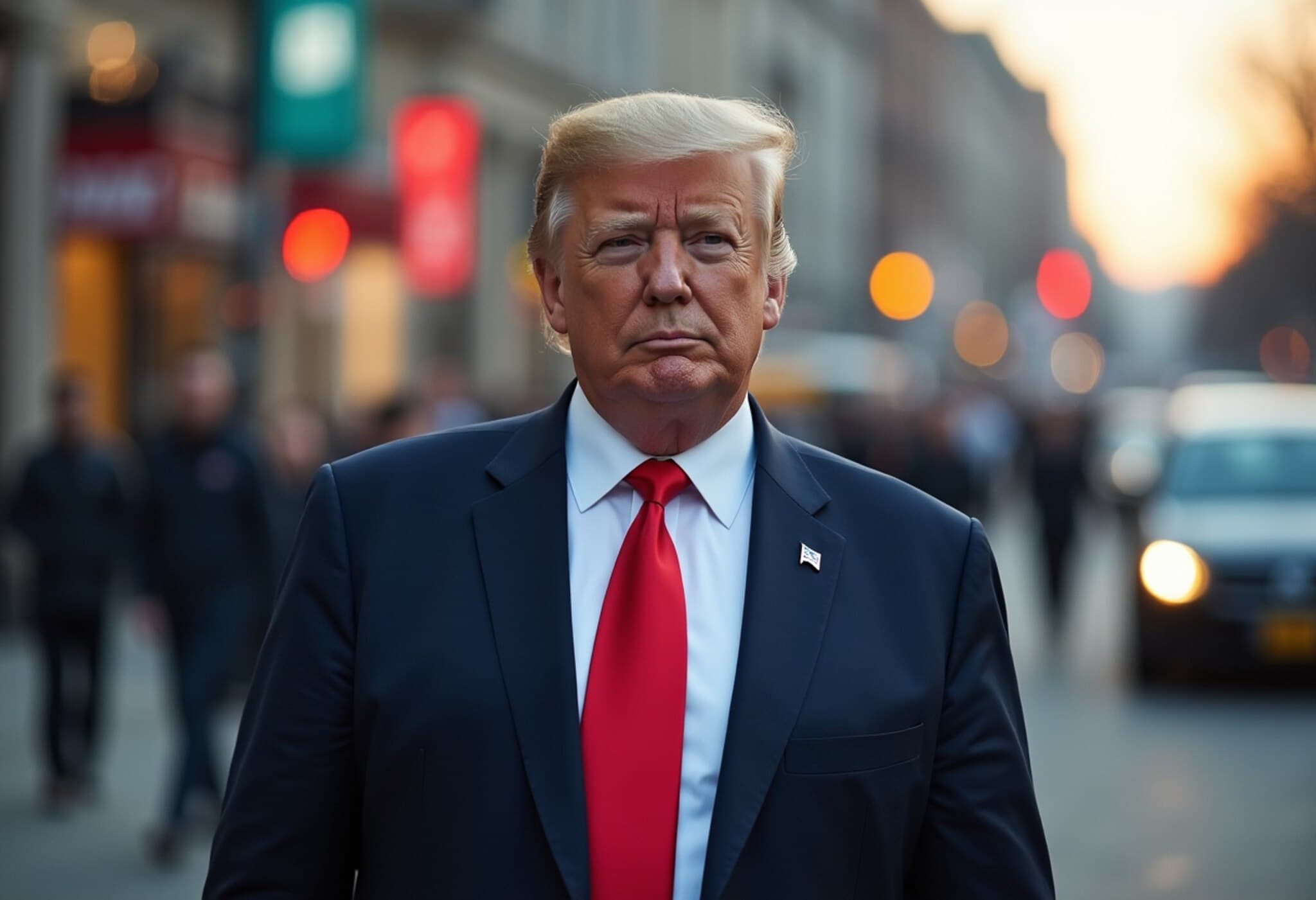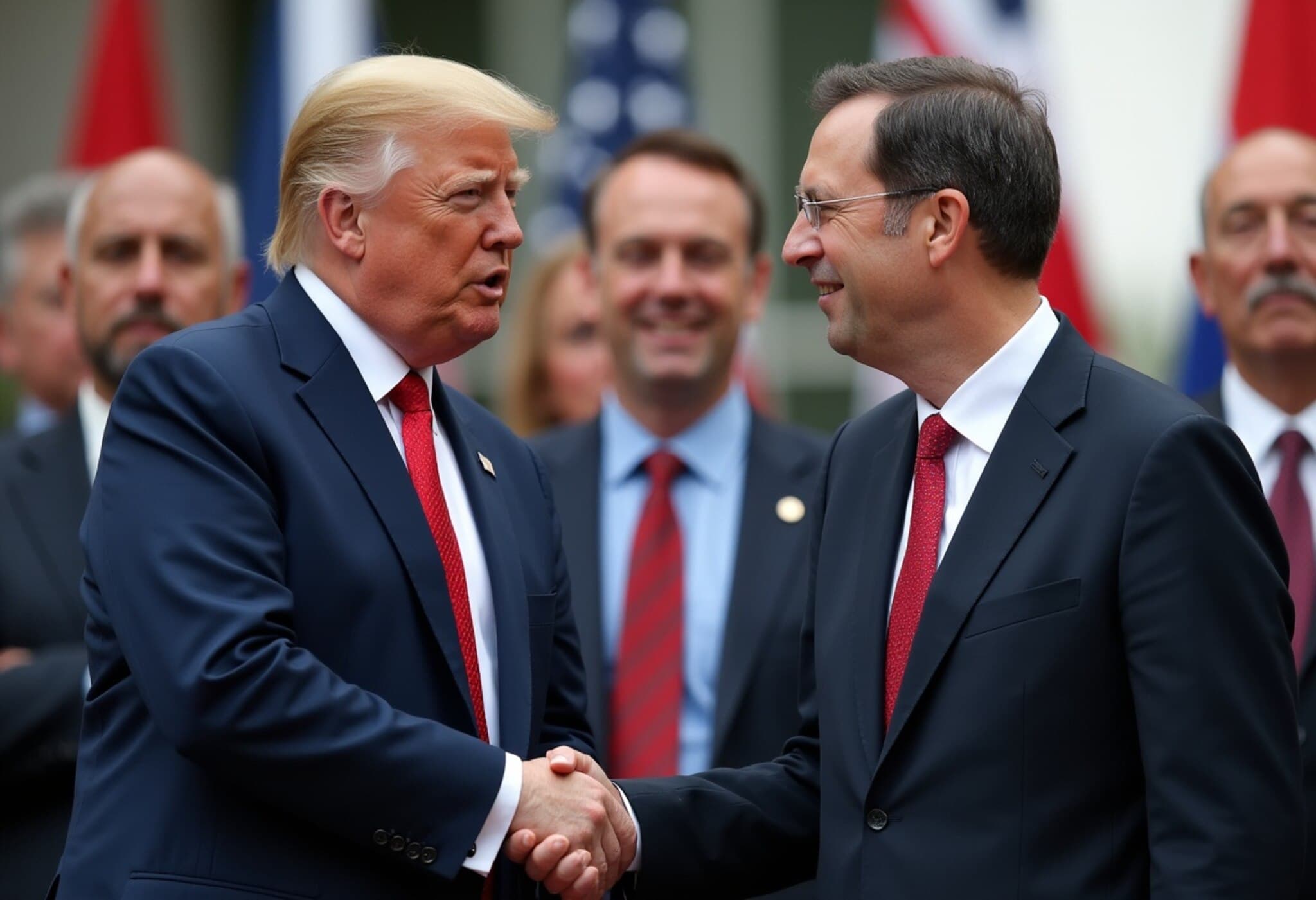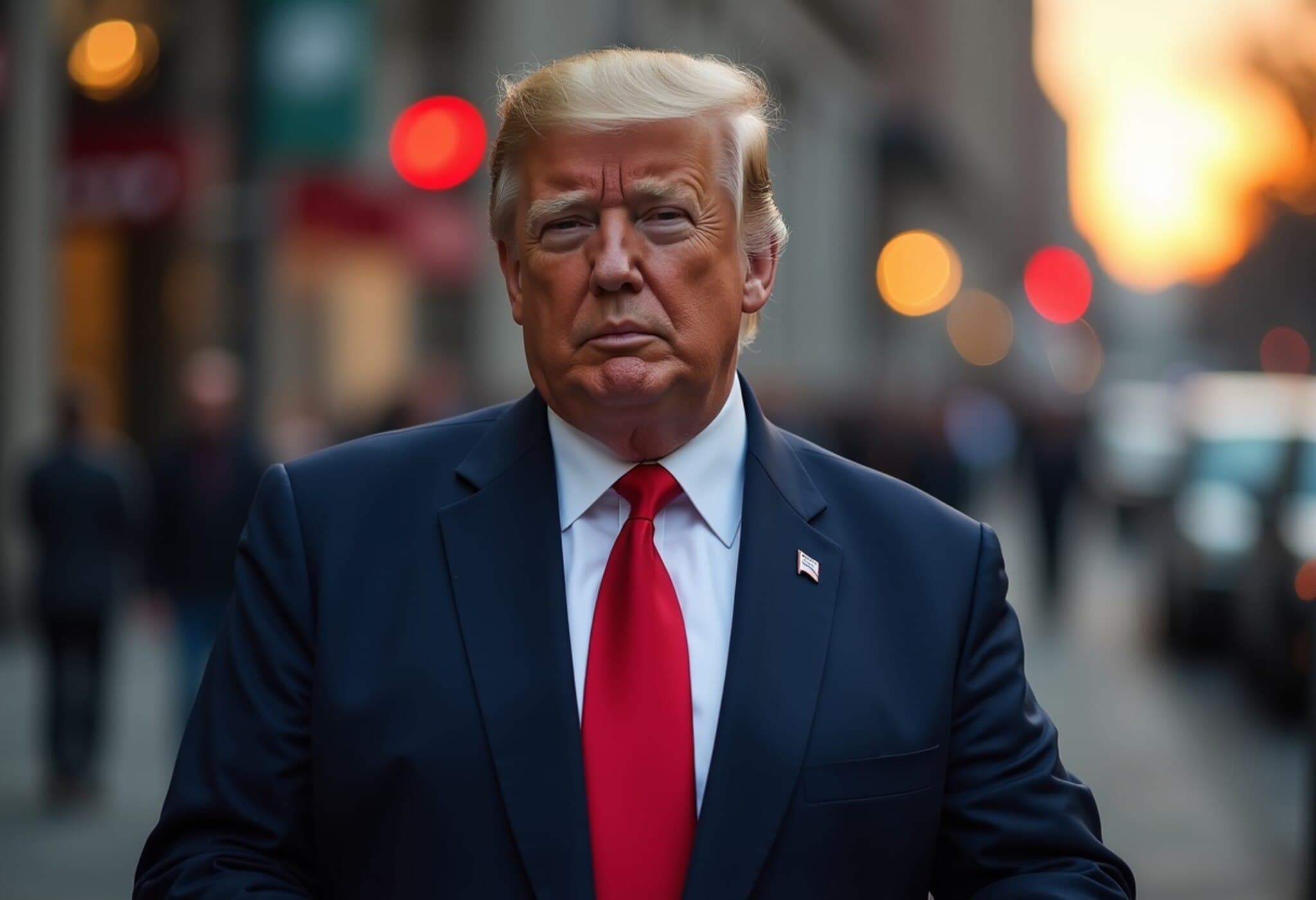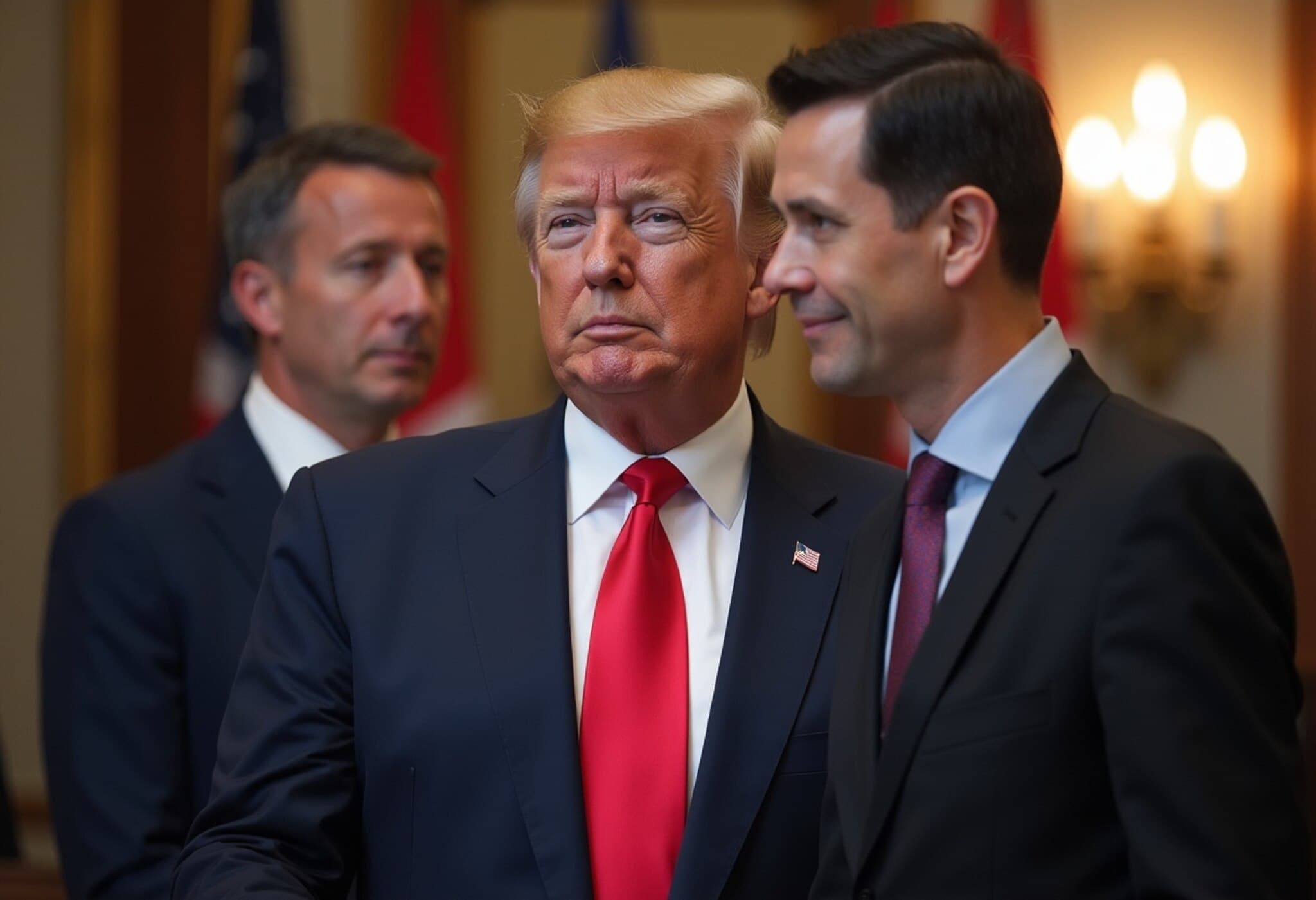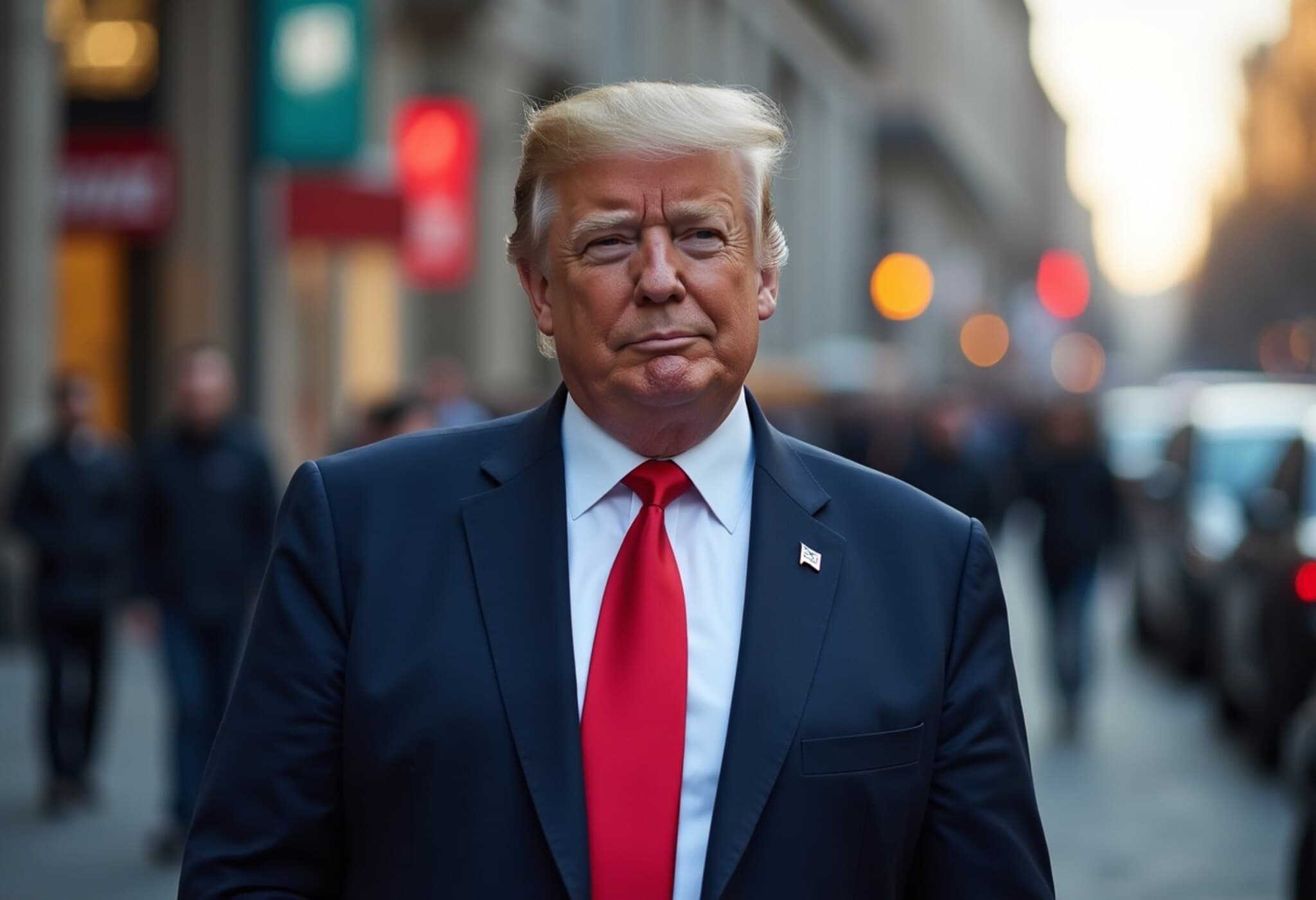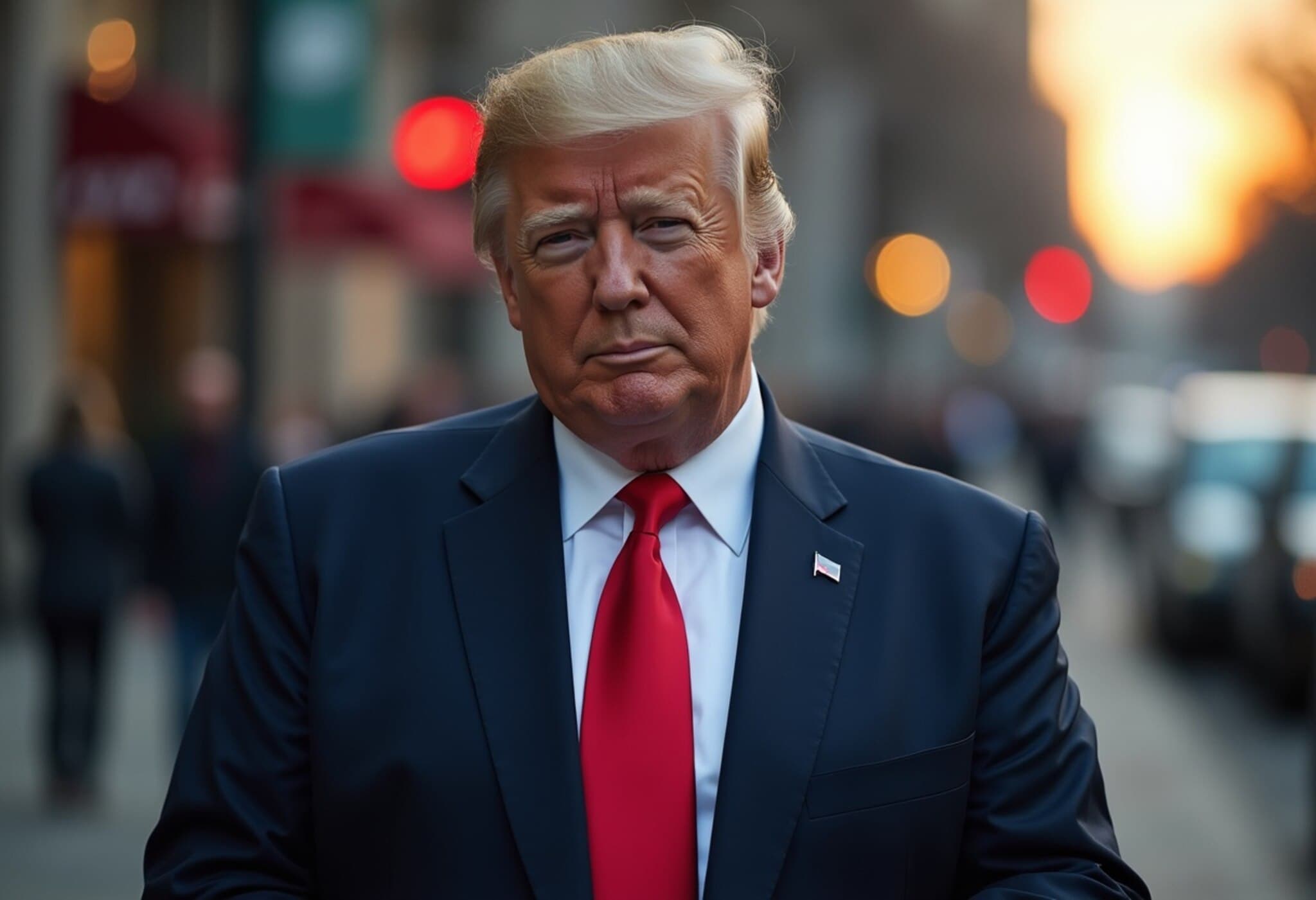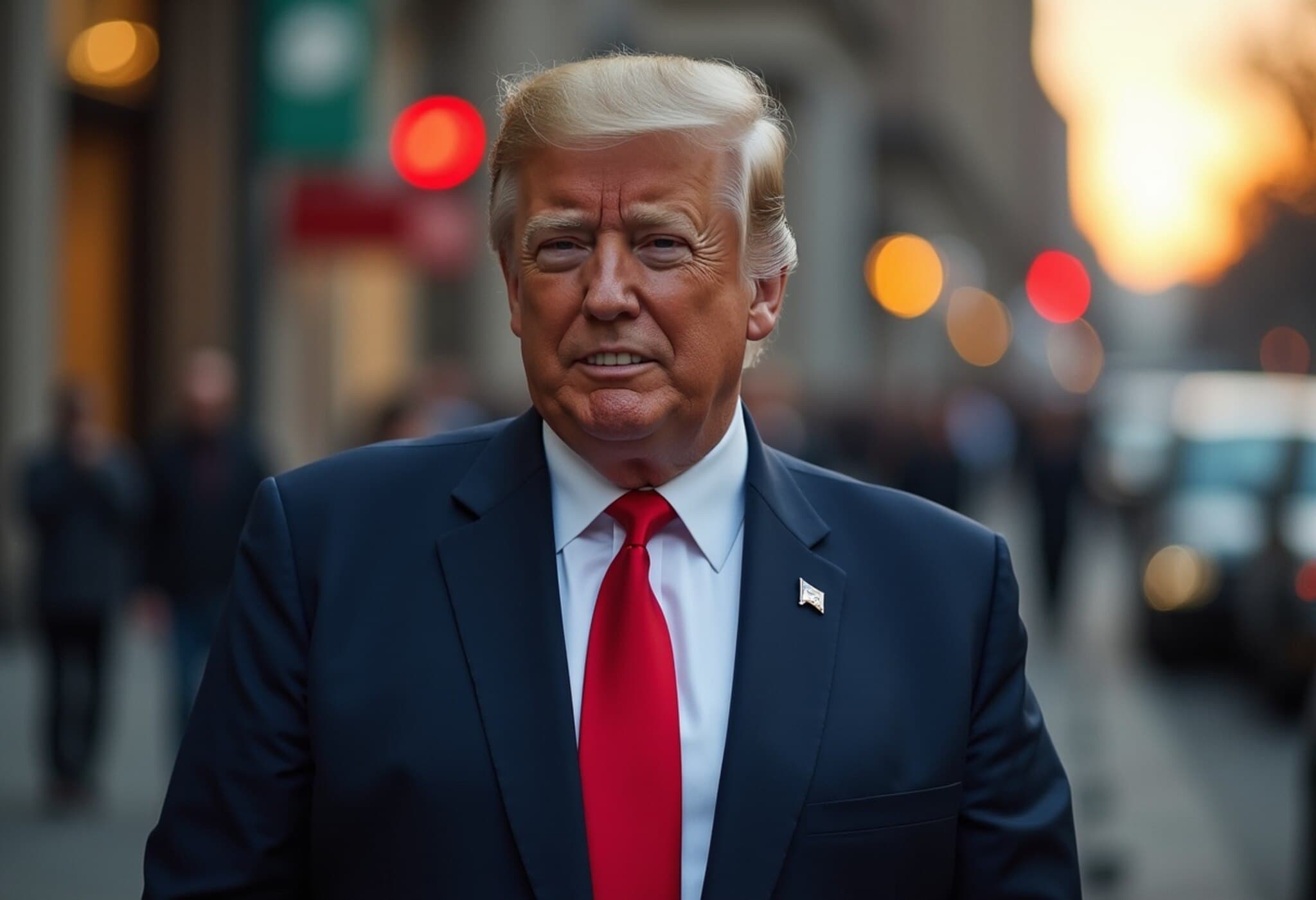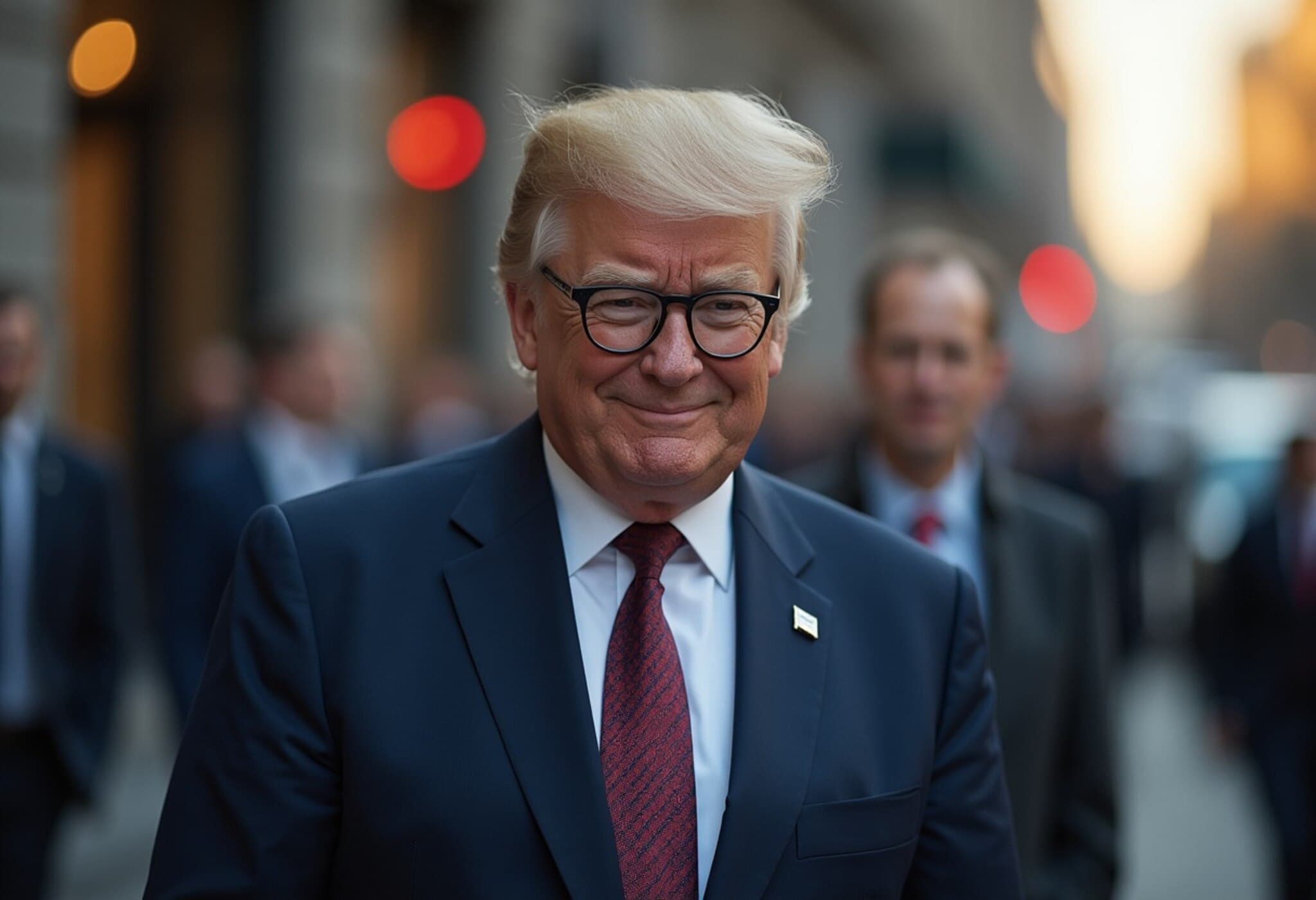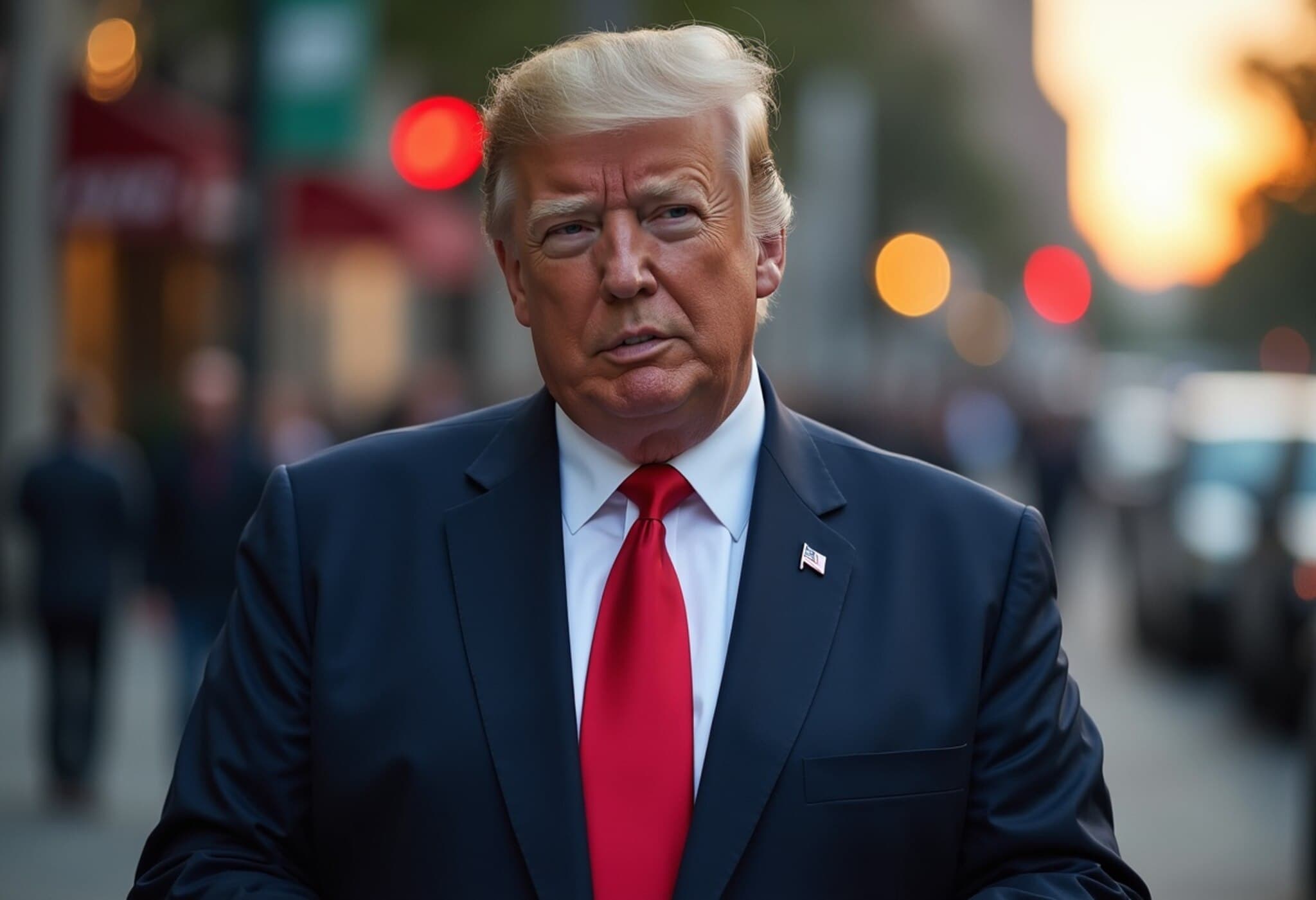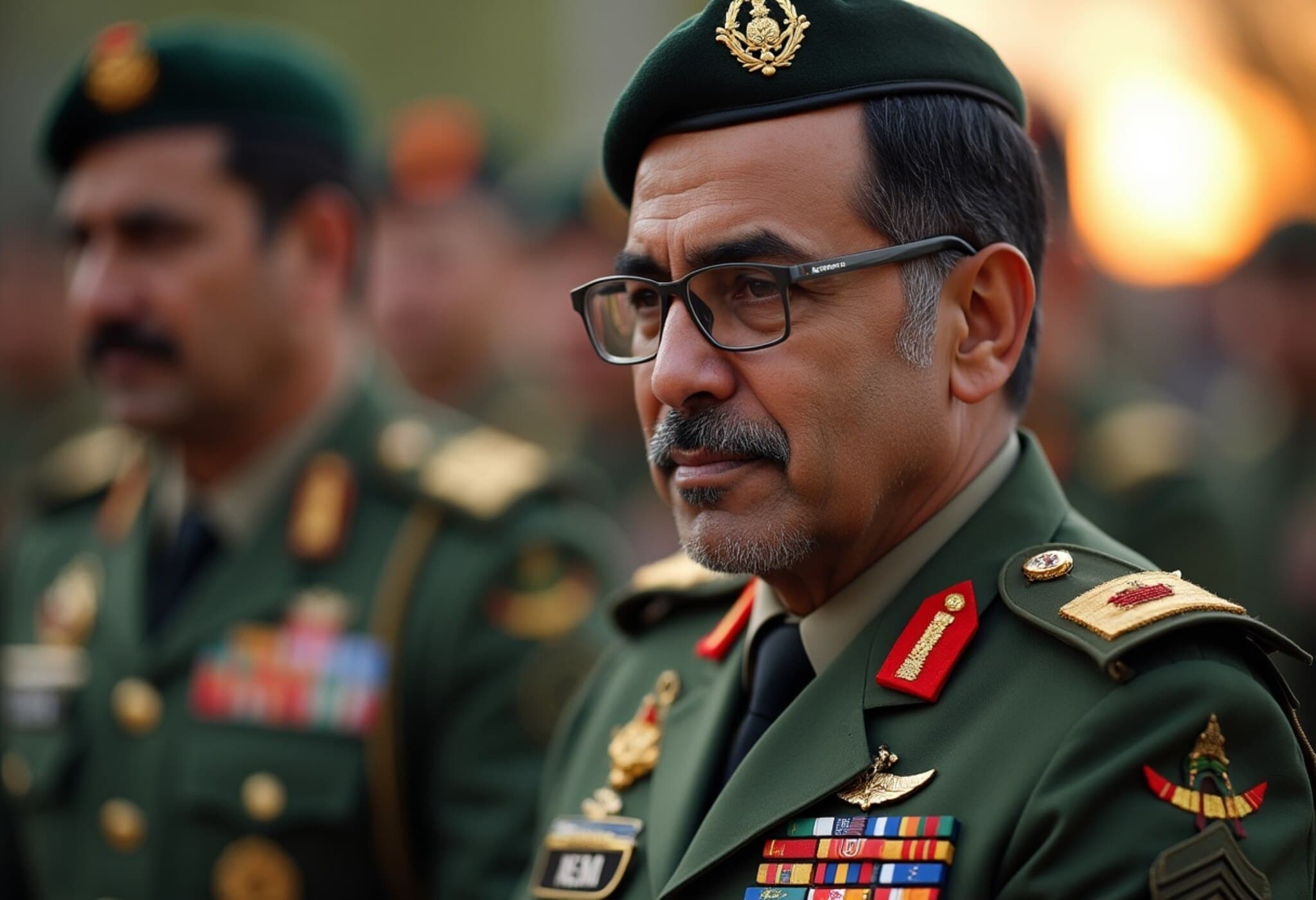Trump Announces Steep Tariff Increases on Indian Imports Amid Rising Tensions
In a bold escalation of trade pressures, former U.S. President Donald Trump announced an increase in tariffs on Indian imports to 50 percent, following India’s continued energy trade with Russia. This move, unveiled on August 7, 2025, marks a significant step in the U.S. strategy to deter countries from engaging economically with Russia in the wake of the Ukraine conflict.
Secondary Sanctions Loom as Trump Targets China and Others
Not stopping at tariffs, Trump cautioned that further secondary sanctions are imminent against countries that maintain oil trade relations with Russia. When pressed on the spotlight on India, Trump stated, "It's only been eight hours. So let's see what happens. You're going to see a lot more. You're going to see so many secondary sanctions." This pointed warning suggests a sharpened U.S. stance that may soon extend beyond India to include other major players, notably China.
The Broader Context: U.S. Pressure on Russia’s Energy Backers
Since Russia's 2022 invasion of Ukraine, the United States has sought to isolate Russia economically, targeting its energy exports as a vital lifeline. While countries like India and China have continued importing Russian oil, arguing for energy security and market-based decisions, the U.S. views these transactions as undermining global sanctions efforts.
India’s Firm Rebuttal: ‘Unfair, Unjustified, and Unreasonable’
India has vehemently opposed the increased tariffs, with its Ministry of External Affairs condemning the move as "unfair, unjustified, and unreasonable." The government emphasized that their oil imports are driven by market factors essential for securing the energy needs of the world’s second-most populous country, with over 1.4 billion citizens relying on stable energy supplies.
Balancing Act: Energy Security vs. Geopolitical Pressures
India’s stance highlights the complex balancing act many emerging economies face — pursuing affordable energy sources while navigating geopolitical tensions. The tariff hike threatens to complicate India-U.S. trade relations, raising concerns over long-term economic repercussions and diplomatic strains.
Potential Peace Talks and Tariff Rollbacks: An Uncertain Future
When asked whether a possible peace agreement between Russia and Ukraine could ease the new tariffs on India, Trump responded cautiously, "We'll determine that later." This leaves the door open for negotiations but underscores the transactional nature of the current trade sanctions.
Expert Insight: What’s Next for U.S.-India-China Relations?
- Economic Implications: The higher tariffs could disrupt existing trade flows, affecting sectors beyond energy, including technology and pharmaceuticals.
- Diplomatic Ramifications: Could strain India’s strategic partnership with the U.S., especially as India seeks a more autonomous foreign policy.
- China’s Position: With Trump’s warning about secondary sanctions, China’s continued trade with Russia might invite heightened U.S. penalties, escalating trade tensions further.
Industry analysts warn that these sanctions could prompt affected countries to diversify alliances and deepen economic ties with non-Western partners, potentially reshaping global trade dynamics.
Looking Ahead: The Ripple Effects on Global Energy and Trade
Trump's tariff hike and the hinted expansion of secondary sanctions signal a heightened willingness of the U.S. to leverage economic tools in geopolitical conflicts. For India, China, and others balancing trade, energy needs, and diplomatic relations, these developments underscore an increasingly complex international landscape where economic sovereignty and strategic alliances are tested.
Editor's Note
As the U.S. intensifies its sanction regime, a critical question emerges: how will countries like India and China reconcile their energy security imperatives with growing pressure from Washington? Furthermore, will these measures effectively curtail Russia’s economic engine or drive a deeper bifurcation of global trade systems? Observing these shifts offers valuable insights into the new architecture of international relations and economic diplomacy in a multipolar world.

